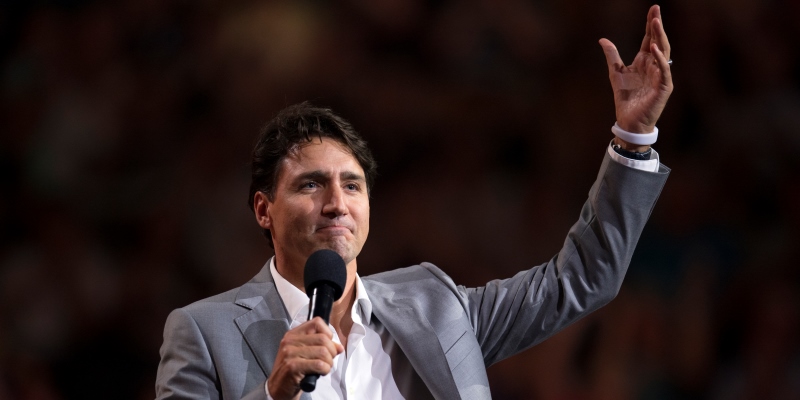Trudeau government is all gas and no brake on spending

The Trudeau government continues to tout its “fiscal discipline” after releasing its latest forecasts for government finances. However, when we examine the government’s recent record of breaking its own promises on government spending, this claim is more fairytale than reality.
A previous blog post analyzed the difference between the projected financial situation in Budget 2022 and the government’s fall fiscal update. It found the government increased spending (excluding debt interest costs) in 2022/23 by more than $13 billion in seven months and could have reduced the budget deficit by a lot more than it did with a more disciplined approach to finances.
But what happens if we dig further and expand the analysis to compare the government’s spending projections in Budget 2019, the last budget tabled before COVID, with today’s current projections?
In March 2019, the Trudeau government laid out plans for government finances in a 464-page budget document, which included detailed projections for federal revenue, spending, deficits and debt between 2019/20 and 2023/24. For instance, government spending (excluding interest costs) was projected to be $358.4 billion in 2022/23 and $369.1 billion in 2023/24.
Unfortunately, the government did not stick to its own projections for spending as the years passed. Instead, it engineered a dramatic ramp up in spending that greatly exceeded previous forecasts. In the November 2022 fall fiscal update, the Trudeau government announced spending would reach an expected $447.6 billion in 2022/23 and $449.8 billion in 2023/24 in an optimistic scenario.
To put these numbers in context, federal spending is forecasted to be $89.2 billion higher than previously projected for 2022/23 and $80.7 billion higher in 2023/24. Put differently, the government plans to spend roughly $170 billion more over just a two-year period compared to its own previous estimates.
While economic circumstances have undoubtedly changed since 2019 and COVID-related programs played a major role in boosting spending in both 2020 and 2021, there doesn’t appear to be a good reason why projections for federal spending have ratcheted up so significantly in subsequent years.
There’s little to no COVID-related spending from Ottawa in either 2022 and 2023, which means the government cannot blame a $170 billion increase in spending (from previous estimates) on the pandemic. That was a discretionary decision made by the Trudeau government and represents a concerted effort to increase spending.
Fortunately for the government, though, revenues have surged significantly higher than what they expected in the past. Compared to the 2019 budget, revenues are projected to be $65.2 billion higher than anticipated for 2022/23 and $67.0 billion higher in 2023/24. The problem, however, is that the government plans to spend all the additional $132.2 billion in revenue and then some.
Had the Trudeau government been more disciplined with its spending, it could’ve used all of the additional money to substantially reduce or even eliminate the deficit in both 2022/23 and 2023/24. Instead, it continues to run deficits and accumulate debt that younger generations of Canadians will have to repay in the future. Simply put, increasing spending by $170 billion from previous projections quashes any suggestion from the Trudeau government that it is exercising discipline or restraint with spending. The government has torn up its own spending plans time and time again by consistently exceeding its own projections through a demonstrated failure to show restraint.
Bottomline, the Trudeau government cannot claim to be disciplined with its finances when it has consistently broken promises and failed to meet its own budgetary projections. Its approach has been all gas and no brake on spending. And Canadians will be the ones left to pay the bill.
Author:
Subscribe to the Fraser Institute
Get the latest news from the Fraser Institute on the latest research studies, news and events.

